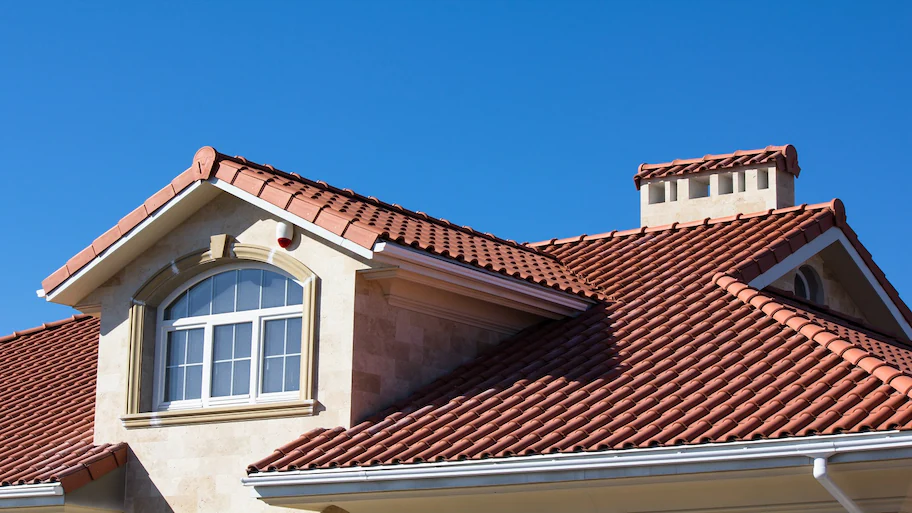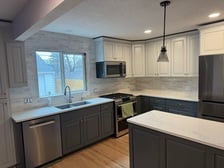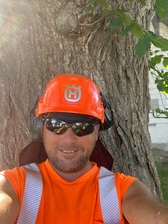
Get matched with top rototilling pros in Erhard, MN
Enter your ZIP and get matched with up to 5 pros
Need a pro for your rototilling project in Erhard, MN?
Verified Reviews for Rototilling pros in Erhard, MN
*The Angi rating for Rototilling companies in Erhard, MN is a rating based on verified reviews from our community of homeowners who have used these pros to meet their Rototilling needs.
*The HomeAdvisor rating for Rototilling companies in Erhard, MN is a rating based on verified reviews from our community of homeowners who have used these pros to meet their Rototilling needs.
Last update on December 11, 2025
Find Rototilling pros in Erhard

OtterScape, LLC
OtterScape, LLC
At OtterScape, we understand that your outdoor space is an extension of your home. We offer a wide range of landscaping services to help you create a beautiful, functional and sustainable outdoor area that you can afford and be proud of.
At OtterScape, we understand that your outdoor space is an extension of your home. We offer a wide range of landscaping services to help you create a beautiful, functional and sustainable outdoor area that you can afford and be proud of.
Richards Forestry
Richards Forestry
TREE SREVICE -PESTICIDE APPLICATOR-EXCAVATING-BOBCAT WORK-PONDS-AND WATER FALLS-YARD SERVICE DOCK SERVICE SHORELINE RESTORATION-RIP-RAP RETAINING WALLS BOULDER WALLS TRUCKING
TREE SREVICE -PESTICIDE APPLICATOR-EXCAVATING-BOBCAT WORK-PONDS-AND WATER FALLS-YARD SERVICE DOCK SERVICE SHORELINE RESTORATION-RIP-RAP RETAINING WALLS BOULDER WALLS TRUCKING
The homeowners guide to home care is here
From average costs to expert advice, get all the answers you need to get your job done.

A new roof improves curb appeal, increases home value and keeps your living space protected from the elements. Learn about average roof replacement costs to set your budget.

Your mobile home roof replacement cost is determined mainly by size and materials. Here's what you need to know when budgeting for the project.

Installing solar roofing shingles can help you save on energy costs. Our expert guide breaks down the cost of solar shingles for your roof.

If you need a new flat roof, learn about tar and gravel roof costs and what can affect your total to make sure you budget accurately.

Understanding roof rafter sizes is critical to ensure your project is structurally sound and up to code. Learn about sizes, spacing, and code requirements.

What's a cupola? Is it possible to have one on my home? What do they look like? Learn all about the variety of cupolas you can add to your home or barn.
- Tree Service in Erhard
- Siding in Erhard
- Roof Ice And Snow Removal in Erhard
- Insulation in Erhard
- Property Appraiser in Erhard
- Masonry in Erhard
- Plumbing in Erhard
- Roofing in Erhard
- Tree Service in Erhard
- Kitchen And Bath Remodeling in Erhard
- Electrical in Erhard
- Siding in Erhard
- Pest Control in Erhard
- Flooring in Erhard
- Concrete Repair in Erhard
- Fencing in Erhard
- Garage Doors in Erhard
- Moving in Erhard
- Windows in Erhard
- Exterior Painting in Erhard
- Gutter Cleaning in Erhard
- Insulation in Erhard
- Garbage Collection in Erhard
- Foundation Repair in Erhard
- Handyman Service in Erhard
- Concrete Driveways in Erhard
- Pressure Washing in Erhard
- Window Cleaning in Erhard
- Leaf Removal in Erhard
- Drywall in Erhard
- 🌱 "Mow a small front yard"
- 🛠 "Fix a leaking pipe under the sink"
- 🏠 "Repair shingles on an asphalt roof"



